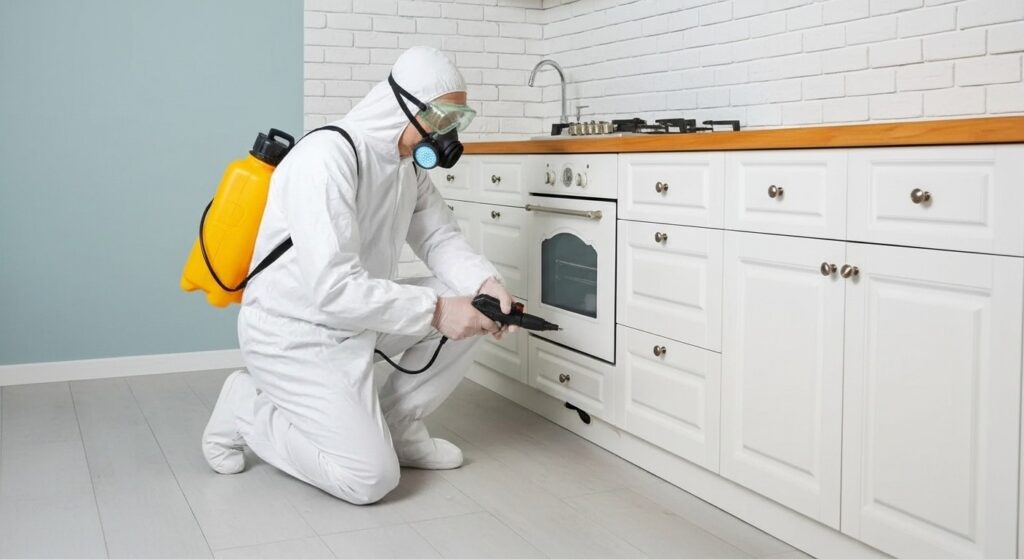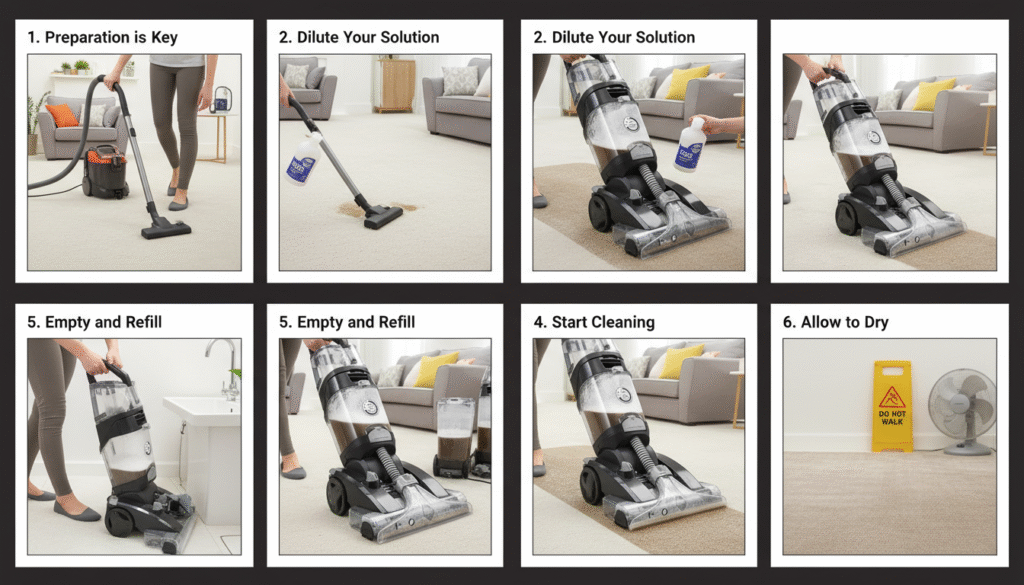When it comes to maintaining a roof, there’s no shortage of advice—some of it helpful, some of it outdated, and some completely off-base. Homeowners are often bombarded with conflicting opinions from online forums, neighbors, or even well-meaning friends. But when it comes to protecting one of your home’s most important features, relying on misinformation can be costly.
The truth is, roofing is a specialized field. Just because something worked for one person doesn’t mean it’s the best solution for your home. Even more, believing the wrong information could lead to unnecessary roof repair, reduced lifespan, or increased long-term expenses. It’s essential to separate fact from fiction before making decisions about your roof.
At Strive Roofing & Construction, we’ve heard it all—from myths about layering shingles to misconceptions about maintenance timing. In this article, we’ll cut through the noise and tackle some of the most common roofing myths that could be affecting how you care for your home.
Myth #1: If There’s No Leak, the Roof Is Fine
One of the most persistent misconceptions among homeowners is the idea that no visible leak means no problem. The truth is, many roofing issues start subtly. Water can seep under shingles or flashing long before it makes its way to the ceiling inside your home.
A roof that looks intact from the ground may still have underlying issues, like deteriorating underlayment or cracked sealant. By the time a leak becomes visible indoors, the problem may have already caused insulation damage or mold growth. A reliable roofing contractor will emphasize the importance of regular inspections—not just reactive repairs.
Myth #2: A New Roof Doesn’t Need Maintenance
It’s easy to assume that once your new roof is installed, you can forget about it for the next 20 years. While a new roof certainly offers peace of mind, it still requires occasional attention. Routine maintenance isn’t just about extending lifespan—it’s about preserving warranties and catching early signs of wear.
Just like a new car still needs oil changes, a roof benefits from seasonal checkups. Neglecting minor issues, such as blocked gutters or small punctures, could escalate into major roof repair situations. Even newer roofs installed by a top-tier roofing company should be reviewed once or twice a year.
Myth #3: All Shingles Are the Same
At first glance, shingles may look identical—flat, textured, and often gray or brown. But the truth is, roofing shingles vary greatly in material, lifespan, cost, and resistance to weather. Asphalt shingles alone come in multiple grades, from basic 3-tab versions to high-performance architectural shingles.
Choosing the wrong type based on appearance alone can lead to premature wear. The best approach is to match shingle type to your region’s climate, the pitch of your roof, and your long-term goals for durability and aesthetics. An experienced roofing contractor can help guide you through the options based on these criteria.
Myth #4: You Can Add New Shingles Over Old Ones
Technically, yes—you can overlay a new layer of shingles on top of an old one. But that doesn’t mean you should. While layering can save time and upfront costs, it often leads to hidden problems. Issues like trapped moisture, uneven surfaces, or undetected damage beneath the top layer can all compromise the roof’s integrity.
Roof overlays also add unnecessary weight, which some structures may not be built to support. Most professional roofing companies advise complete removal of old materials so the decking can be thoroughly inspected and repaired if necessary. It’s the only way to ensure a solid foundation for the new roof.
Myth #5: Roof Repair Is a DIY-Friendly Task
While some homeowners may be tempted to patch a leak or replace a few shingles themselves, roofing work is far more complex than it appears. Walking on a roof presents obvious safety risks, especially on steep slopes or fragile surfaces. What’s more, improper repairs can make the problem worse or void manufacturer warranties.
Even minor repair jobs often require knowledge of flashing placement, underlayment overlap, ventilation systems, and water flow behavior. Unless you’re experienced in roofing techniques, it’s safer—and ultimately cheaper—to hire a professional roofing contractor to handle repairs the right way the first time.
Myth #6: A Roof Can Last Forever with the Right Materials
While quality materials can dramatically increase a roof’s longevity, nothing lasts forever. Even metal, slate, and tile—some of the longest-lasting options—will eventually degrade due to weather, UV exposure, and aging. The idea that installing premium materials means you’ll never need to think about your roof again is simply not realistic.
Maintenance still plays a major role in maximizing lifespan. Regardless of material, environmental factors like tree debris, moisture buildup, or poor ventilation can shorten the life of any roof. A knowledgeable roofing company can offer suggestions tailored to your roofing type and location to help you get the most out of your investment.
Myth #7: Roof Inspections Are Only Necessary After Storms
Storms often prompt inspections, and for good reason. But waiting for visible damage to occur before calling a professional is a reactive strategy that can lead to higher costs. Seasonal inspections can uncover issues like flashing wear, lifted shingles, or clogged drainage systems—none of which require a weather event to become a problem.
Instead of waiting for hail or high winds to do their worst, establish a habit of proactive roof care. Regular inspections twice a year—typically in spring and fall—help catch damage early and prevent larger issues from developing. A roofing contractor can help build a custom maintenance plan based on your home’s needs.
Myth #8: Roof Vents Aren’t Necessary
Ventilation is often overlooked but plays a vital role in roof performance. Without proper airflow, heat and moisture can become trapped in the attic, leading to warped decking, mold growth, and reduced energy efficiency. In winter, poor ventilation can also contribute to ice dams that damage shingles and gutters.
Every roofing system should have a balanced ventilation plan that includes both intake and exhaust vents. These help regulate attic temperature, protect insulation, and reduce the risk of premature material degradation. If your current setup lacks ventilation, it’s worth discussing upgrades with a trusted roofing company.
Myth #9: Roof Color Doesn’t Matter
It may sound superficial, but roof color can affect more than just curb appeal—it impacts energy efficiency. Light-colored roofs reflect more sunlight and help keep interiors cooler, especially in hot climates. Darker roofs, while aesthetically appealing, may absorb more heat, increasing indoor temperatures and energy costs.
In areas with long, hot summers, a reflective or cool roof can make a noticeable difference in utility bills. Understanding how color, material, and ventilation interact allows for better long-term decisions. Discussing energy goals with your roofing contractor can help align your roof’s design with its function.
Final Thoughts
Misconceptions about roofing are surprisingly common—and surprisingly costly. Believing myths can lead to delayed maintenance, ineffective repairs, or poor decision-making. By replacing myths with knowledge, homeowners can take more proactive, informed steps toward protecting their property.
Whether you’re a first-time homeowner or someone with years of property management experience, a better understanding of roofing fundamentals makes a world of difference. Choosing quality materials, investing in routine care, and working with an experienced roofing contractor will always yield better results than following hearsay.
Strive Roofing & Construction encourages all homeowners to prioritize roof education as much as maintenance. With the right information, you can make smart, confident choices that extend the life of your roof and protect your home for years to come.



